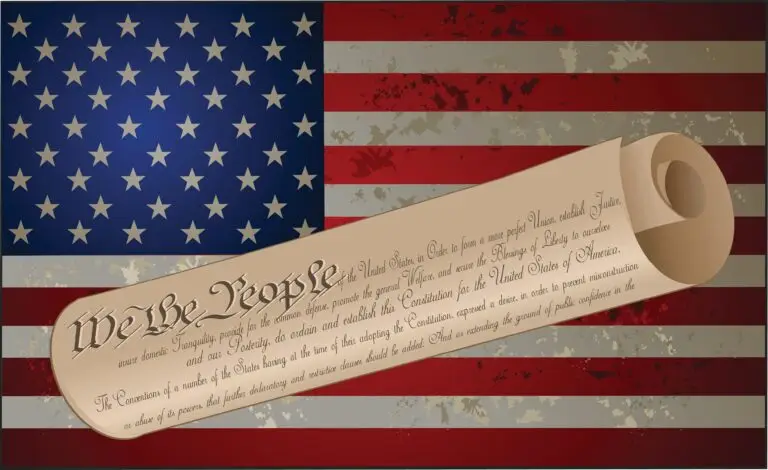Declaration of Independence

Table of Contents
Declaration of Independence Overview
The Declaration of Independence is a seminal document in American history that was adopted on July 4, 1776.
It marks the formal separation of the thirteen American colonies from British rule. It is a foundational text articulating the philosophical principles and grievances that motivated the decision to seek independence.
Declaration of Independence History
The Declaration of Independence was adopted by the Continental Congress on July 4, 1776, officially declaring the thirteen American colonies independent from British rule.
Thomas Jefferson, along with input from John Adams, Benjamin Franklin, Roger Sherman, and Robert Livingston, was the primary author of the Declaration of Independence.
The document begins with the famous words, “When in the Course of human events, it becomes necessary for one people to dissolve the political bands which have connected them with another…”
The Declaration is divided into three main sections: the Preamble, the Declaration of Natural Rights, and the List of Grievances against King George III.
The Preamble sets forth the philosophical justification for declaring independence, emphasizing the idea that governments derive their powers from the consent of the governed.
The Declaration of Natural Rights asserts that all individuals have unalienable rights, including life, liberty, and the pursuit of happiness.
The List of Grievances enumerates specific complaints against King George III, accusing him of violating the colonists’ rights and abusing his power.
The Declaration of Independence reflects Enlightenment ideals, particularly the influence of John Locke’s philosophy on natural rights and the right to revolution.
The signing of the Declaration took place over several weeks, with most delegates putting their signatures on the document on August 2, 1776.
The Declaration of Independence is a foundational document in American history, inspiring subsequent movements for independence and influencing the drafting of future constitutions and declarations worldwide.
Related Links
American Revolution
Articles of Confederation
Bill of Rights
Seneca Falls Convention